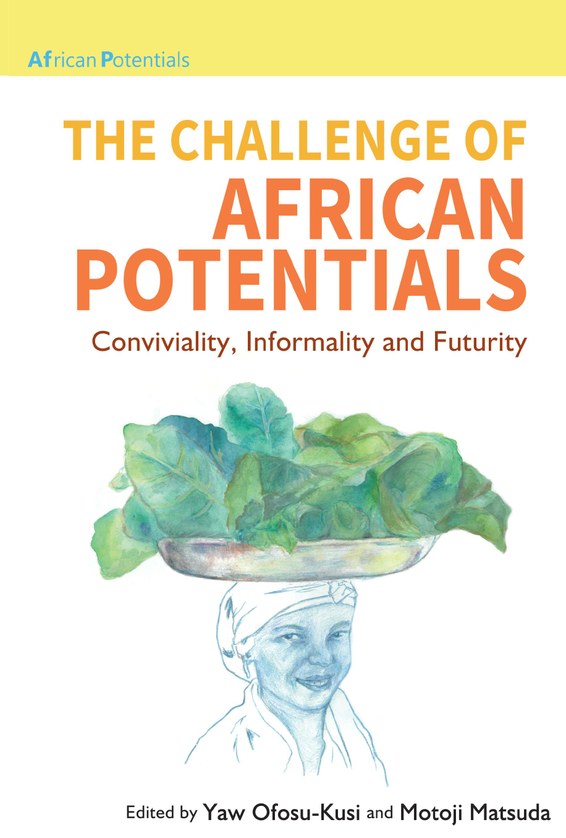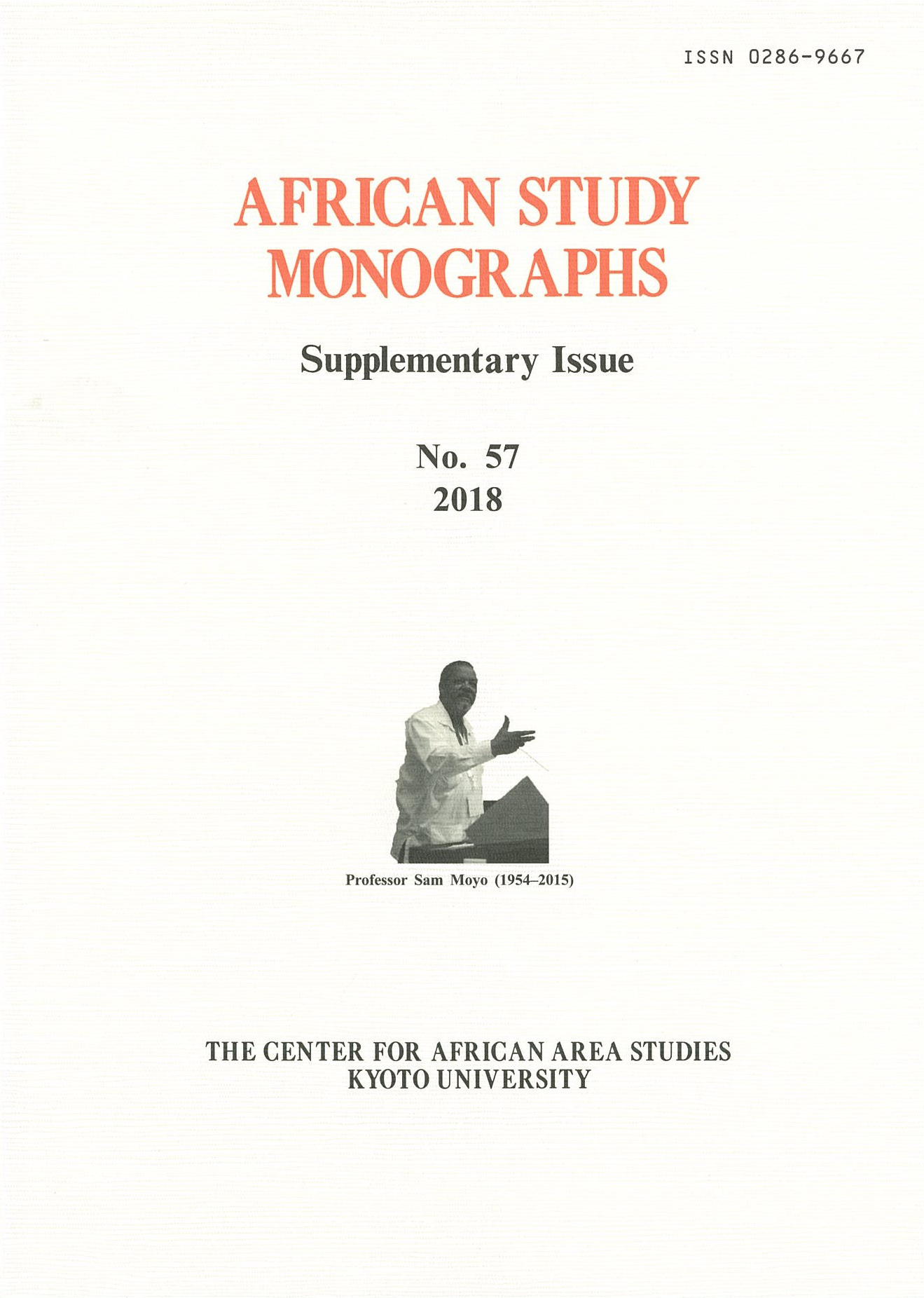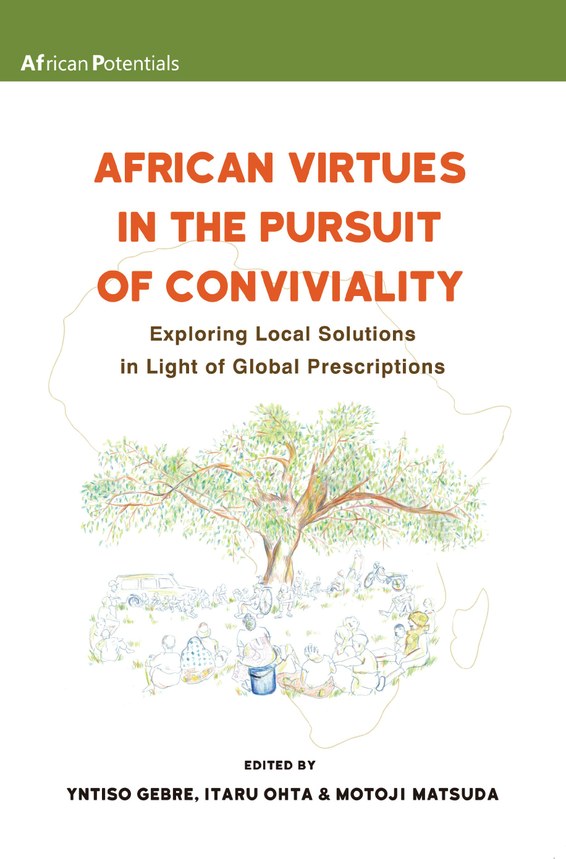Date and Time: January 26, 2020 (Saturday), 15:00 – 17:15
Venue: Large Meeting Room, 3rd Floor, Inamori Foundation Memorial Hall, Kyoto University
・Lecturer: Oussouby Sacko (Seika University)
・Commentator: Haruka Wazaki (Chubu University)
・Moderator: Motoji Matsuda (Kyoto University)
First, the moderator, Motoji Matsuda (the leader of the African Potentials project), outlined this project and the purpose of this lecture. This was followed by a lecture by Oussouby Sacko, the first African president of a Japanese university.
Title: Cooperation between Africa and Japan: How to Make the Most of the Potential of Both
Abstract:
Africa is expected to account for about a quarter of the world’s total population by 2050. It is also attracting economic attention as the “final frontier.” Japanese interest in Africa is also growing. However, Japan does not seem to have a deep understanding of the current state of African society. The speaker presented various ideas and ongoing projects to deepen the relationship between Africa and Japan, using examples, including cases from his home country, the Republic of Mali. He also discussed various potential resources in contemporary Africa other than minerals, including architecture, youth, and education. In conclusion, the speaker shared his vision of a future in which cooperation between Africa and Japan will deepen, and the countries will reach their potentials mutually.
Then, commentator Haruka Wazaki gave a thought-provoking presentation entitled “Africa–Asia Relations from the Perspective of Africans in Japan and China,” using many photographs to illustrate the dynamism of Africans living in Japan, Vietnam, South Korea, China, and other Asian countries and their relationships with Asia.
Finally, both speakers answered questions from the floor to conclude the lecture. This plenary session was held as a lecture open to the general public and was very successful with more than 100 participants.





